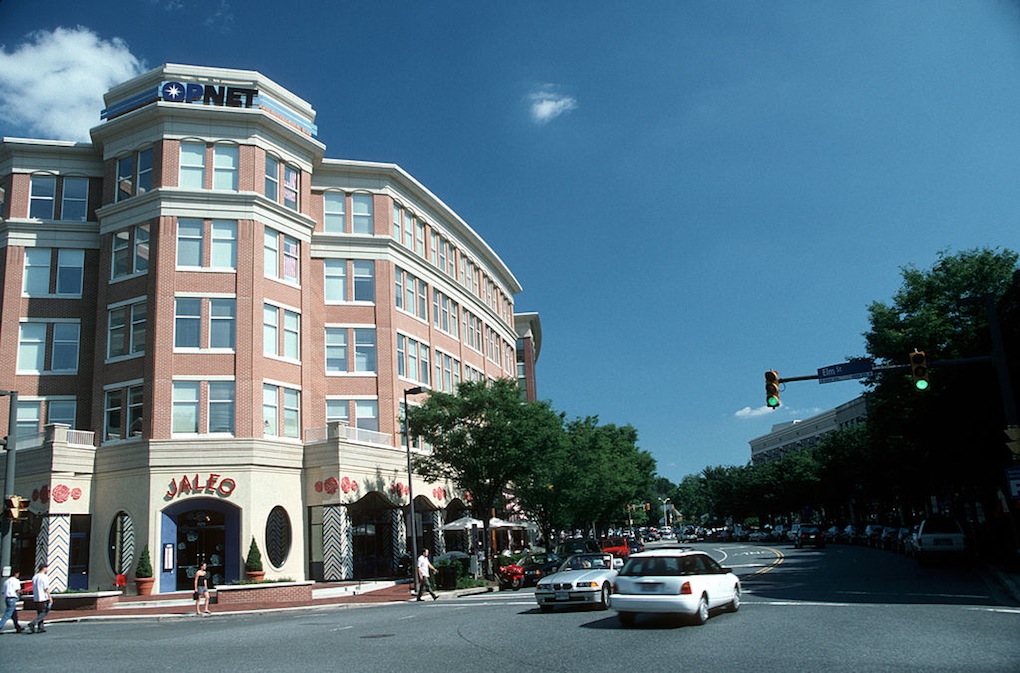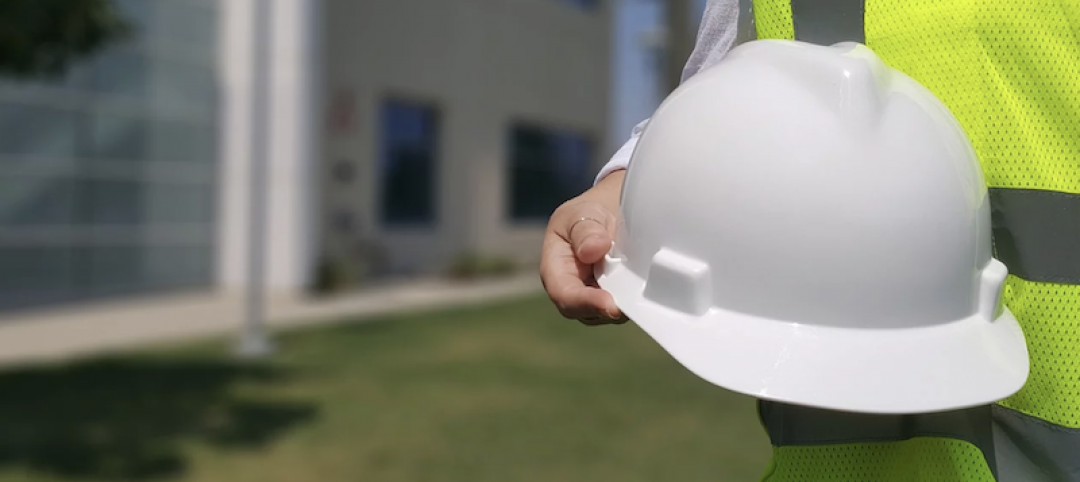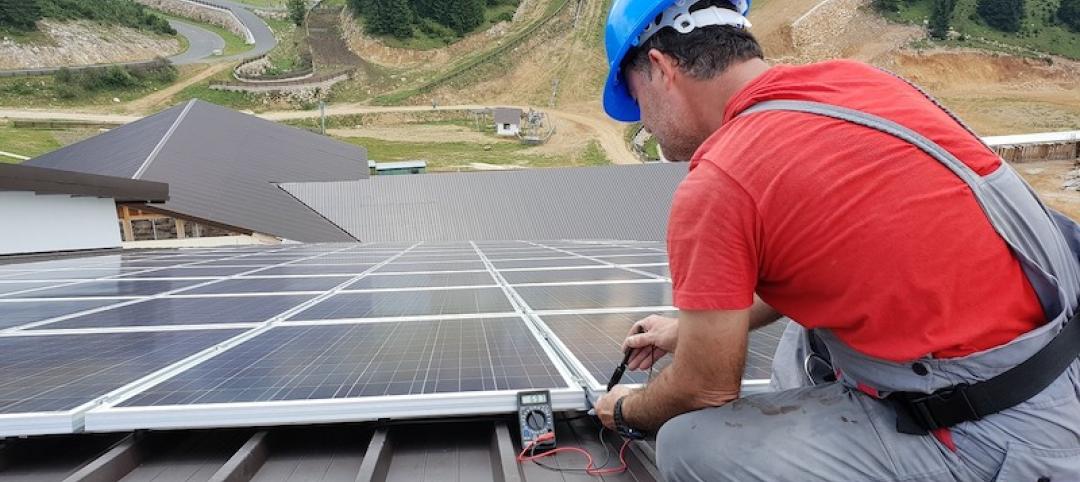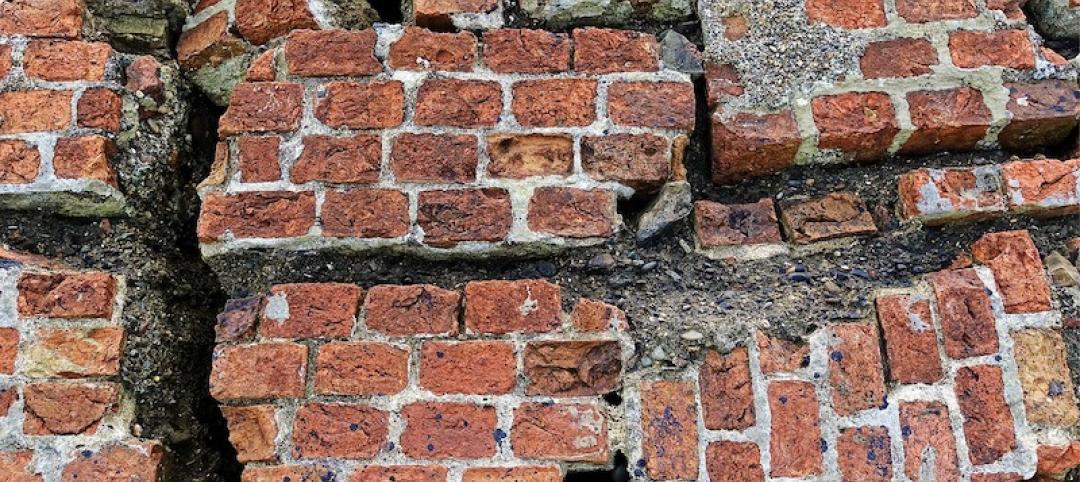In sharp contrast to most suburban communities in the Washington, D.C. area, Bethesda, Md. stands out as a fine exemplar of the new urbanism ethos.
Bethesda’s downtown area has become a densely populated, walkable area with multiple mass transit options. The central core of the Montgomery County community is vibrant with retail spaces, offices, and restaurants nestled among apartment buildings and condominiums.
Over the last few decades, Montgomery County rezoned areas around major transit hubs to allow increased density, embraced a mix of uses, and removed minimum parking requirements in downtown Bethesda. One D.C. Metro light rail station serves the area, with another in the planning stages.
Like other D.C. suburbs, Bethesda had been built up in the standard sprawl fashion, and more recently has been retrofitted into a more sustainable community. In order to foster smarter development, the county offers a density bonus for developers who are allowed to build bigger and taller if they put their parking below ground.
(http://grist.org/cities/heres-the-right-way-to-make-transit-and-density-work-in-the-suburbs/)
Related Stories
Codes and Standards | Mar 23, 2020
Contractors should scrutinize contracts carefully amid Covid-19 crisis
Compliance with time-sensitive notice requirements and careful documentation required.
Codes and Standards | Mar 23, 2020
Florida legislature passes bill to reduce retainage on state and local projects
House and Senate vote is nearly unanimous; law would go into effect Oct. 1.
Codes and Standards | Mar 20, 2020
Feds prod use of eminent domain to force people out of flood-prone homes
Local officials that don’t comply could lose federal money to combat climate change.
Codes and Standards | Mar 19, 2020
ASHRAE provides COVID-19 resources for operating, maintaining HVAC systems
Includes recently approved position document on Airborne Infectious Diseases.
Codes and Standards | Mar 19, 2020
CaGBC launches new version of its Zero Carbon Building Standard
Version 2 draws on lessons from more than 20 zero carbon projects.
Codes and Standards | Mar 16, 2020
Concrete industry reduces carbon footprint by 13% over five years
Result mostly due to more efficient use of Portland cement.
Resiliency | Mar 13, 2020
Feds push use of eminent domain to force people out of flood-prone homes
Local officials that don’t comply could lose federal money to combat climate change.
Codes and Standards | Mar 12, 2020
Design guide for sloped glazing and skylights updated for first time in 30 years
Helps with choosing proper glass for non-residential applications.
Codes and Standards | Mar 11, 2020
Two tree species native to the Northeast found suitable for CLT
Eastern white pine and eastern hemlock pass strength testing.
Codes and Standards | Mar 10, 2020
Prescient receives ICC certification for seismic resilience system
Technology suitable for buildings up to 12 stories in earthquake-prone areas.

















